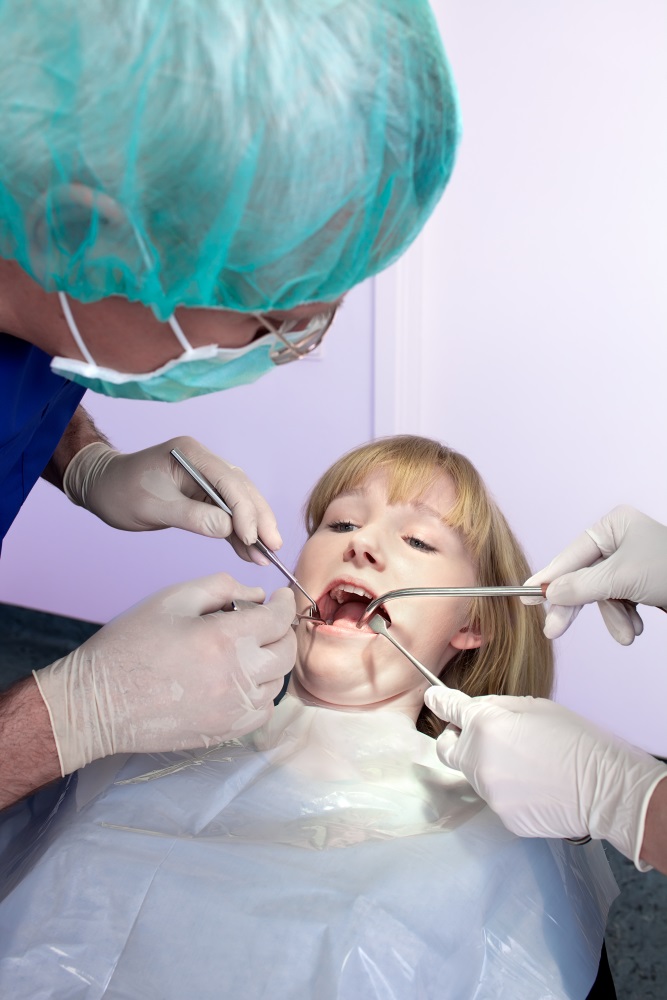This TED-Ed original short film walks viewers through what causes cavities and how we can avoid them.
The animation starts with a personification of bacteria in the mouth and allows a broad range of ages to find the video both entertaining and informative.
What does TedED teach us?
The video begins by highlighting archeologists who found human remains from over 15,000 years ago. Interestingly, these skeletons still had their teeth, and each tooth had multiple holes—indicating that, just like us, these prehistoric humans suffered from cavities as well!
To help viewers understand how cavities occur in the mouth, the video animates the microbes as little organisms living a very humanistic existence on each tooth. Just imagine each little bacteria living their daily life with chores, cooking and cleaning on the surface of your tooth.
The video further goes on to explain that the food we eat—specifically, sugar—can cause those tiny microbes to overpopulate and eventually break your tooth and cause a cavity. These microbes feed on sugar, so as you eat more, the microbes multiply and generate acid like actic acid.
While each tooth is covered in a thick coat of enamel, it can’t compete against acid and will eventually wear down. And once the acids wear through the enamel, it doesn’t stop there. It continues to seep through the tooth to the inner-layers called dentin. And once the bacteria reaches the nerves, it’s common to experience even extreme pain and then the “death” of the tooth.
Looking backwards
While today’s sugar-heavy diets lead to more cavities, what would have caused cavities in our early ancestors? Since most of their diet was meat and plant-based—both of which are low in natural sugar—it might seem surprising that their teeth were riddled with cavities.
But while their diets were high in protein, they were also high in carbohydrates thanks to the nuts they ate. Carbohydrates transform into simple sugars in the mouth when mixed with saliva. And not only did they have cavities, but our ancient ancestors used rudimentary dental instruments to fix their teeth and to remove infected areas.
Thankfully, advances in technology such as fluoride in the water and more sophisticated dental equipment help preserve teeth longer—even with the influx of sugar in our modern-day diet! (But that’s no excuse to eat more sugar just because of our fancy dental work.)
This TedED video reminds viewers that the best way to prevent cavities is to avoid sugary or starchy food and to regularly brush and floss your teeth. If you are able to minimize these catalysts, then the microbes in your mouth that lead to cavities will eventually decrease.
Thanks to the interesting animation and easy-to-follow story line, viewers should have a better understanding of how cavities occur and how to prevent them in the first place! Share this with anyone you think could learn a thing or two from this engaging visual representation!
The post TedED on Cavities appeared first on Fort Worth Dentist | 7th Street District | H. Peter Ku, D.D.S. PA.


No comments:
Post a Comment